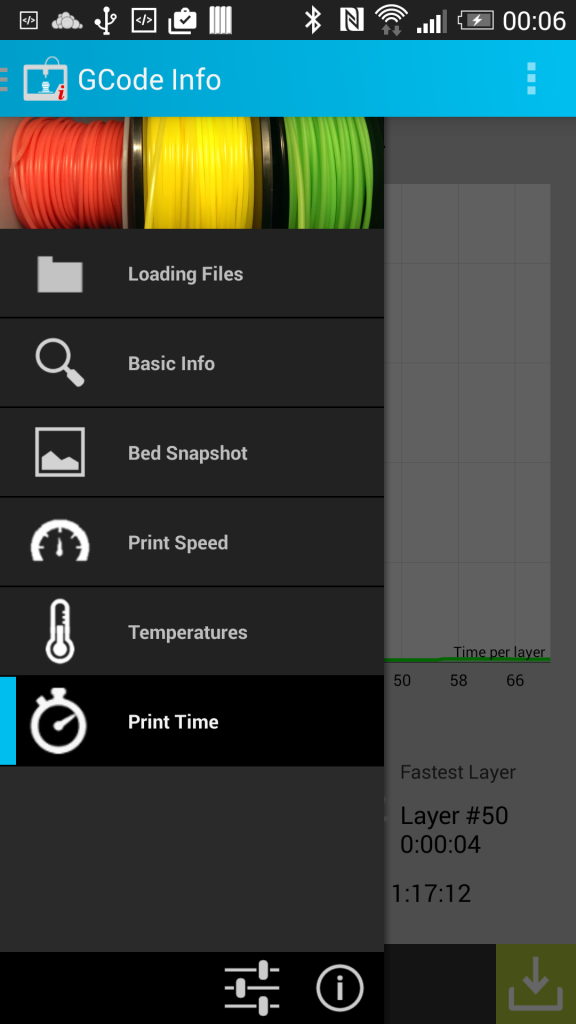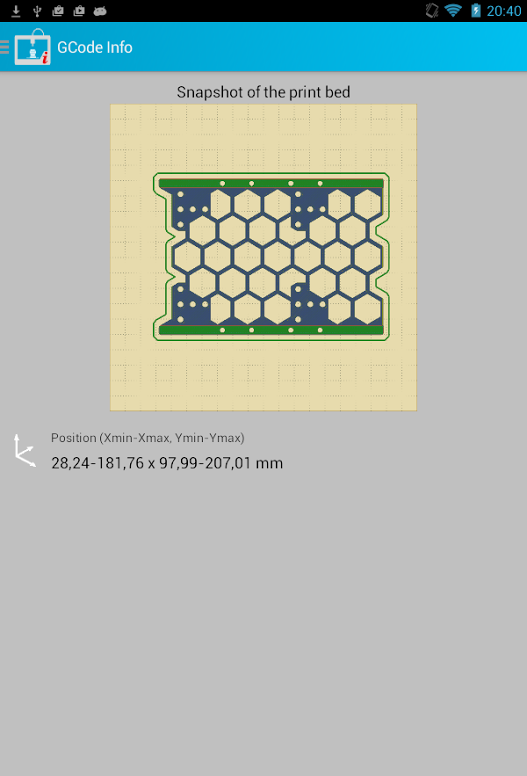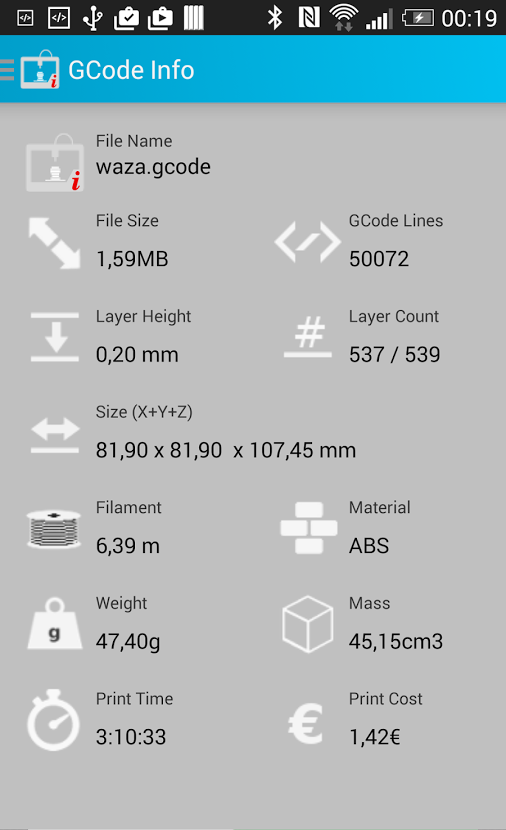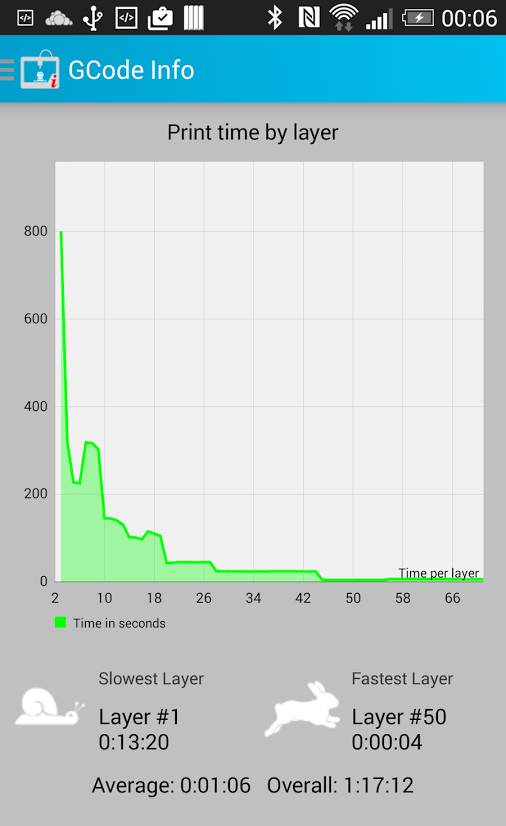Mathias Dietz began 3D printing in 2012 by purchasing a RepRap Prusa Mendel Kit. While he says it took him a few weeks to assemble the kit, build a custom chassis and start printing, he was greatly impressed by the support he got from the community and by the large number of available tools at his disposal.
Dietz, a software engineer who works at IBM in Mainz, Germany, codes on the IBM Spectrum Scale project during the day, but during the evening he spends his time 3D printing and writing code to make the technology easier and more efficient to use.
“I was fascinated by the 3D printing toolchain and respect the complexity of slicer tools like skeinforge or slic3r,” Dietz says. “But after a while. I figured out that due to the complexity of the slicer tools, many things can go wrong – and they do go wrong. The most time consuming part of the calibration is to configure and understand the slicer options.”
So Dietz says he began researching quick and easier ways to check the the output of a slicer. He says he found reading gcodes less than satisfying and found that other tools failed to provide “the granularity and details needed.”
“I decided to write the GCodeInfo tool,” Dietz says. “It helped me with understanding some details of the sliced model like material use and cost, and with improving the print speed by showing some statistics about the speed distribution.”
Not content to stick with the status quo, Dietz then wanted to understand what’s happening via graphical illustrations. That led him to take the existing code base of GCodeInfo, used to visualize the gcodes, and build his GcodeSimulator.
“To my surprise it was quite easy to visualize the gcodes and show the corresponding details because GCodeInfo already provided the most important things,” he adds.
Now Dietz has released his GCodeInfo App as an adjunct to his other programming efforts. He says this latest app can analyze 3D print model files to show detailed information like material price and how long a particular object will take to print.
According to Dietz, the GCodeInfo App can also help optimize the print time of a 3D model and reveal the average print speed by layer.
In addition to those handy features, the App can predict the length of filament needed, show the layer height and number of layers required, display information about the slowest and fastest layer output times and display the print time for each layer.
You can download GCodeInfo App in the Google Play Store for free, and you can get more information about Deitz’ other apps, GcodeInfo, GCodePrintr and GcodeSimulator, at his website here…
Will you use any of these Android apps to help you out with your 3D printing tasks? Let us know in the GCodeInfo App forum thread on 3DPB.com.
Subscribe to Our Email Newsletter
Stay up-to-date on all the latest news from the 3D printing industry and receive information and offers from third party vendors.
You May Also Like
The Third World War & The Disruption of US Military Power
A Reddit user once remarked, “The most terrifying capability of the United States military remains the capacity to deploy a fully operational Burger King to any terrestrial theater of operations...
Australia to Go Orbital: Gilmour Space Gears up for Historic Launch
Australia is on the brink of a historic achievement in space exploration. Gilmour Space Technologies, a pioneering company based on the Gold Coast, has secured the nation’s first-ever orbital launch...
3D Printing Webinar and Event Roundup: November 10, 2024
We’ve got another busy week ahead of webinars and events around the world! There are multiple open houses and conferences, advanced AM training, a 3D printer launch event, our own...
3D Printing News Briefs, November 9, 2024: Concept Car, Afloat 3D Printing, & More
In today’s 3D Printing News Briefs, we’ll start with business, as Anisoprint appointed AM industry veteran Tuan TranPham as President of the Americas and APAC. Then we’ll move onto automotive...










































